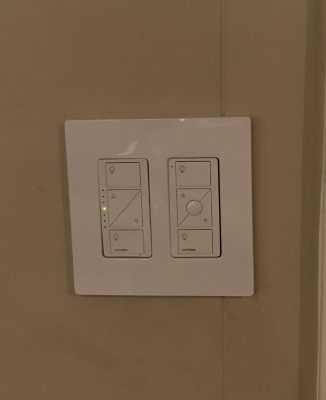Sometimes you gotta spend more on 3D filament to Save More

I love Proto-Pasta’s filament. Yes, it costs more that what I was originally using (Inland filament), but it’s not too expensive (especially their Sparkly HTPLA line) and I find that I waste less time (and filament) on failed prints. The extra $10 I spend is well worth it…
Bonus – I can get it from my local Microcenter (10 mins away from my house)
Longing for a Dual Extrusion Printer
I love my Wanhao i3 plus 3D printer. So far, I’ve added Z braces, a new cooler, a new build plate, and a glass bed. My prints (for the most part) come out exactly how I expect. I’m planning to add a metal hot end and new extruder gear to start printing exotics…
That being said… there is one thing that the Wanhao will never give me (easily) – dual extraction/multi-modal printing. So, I’ve been thinking a lot about a Prusa MK3 or (gasp) an Ultimaker…. Maybe one of them will be my gift to myself at Christmas…
Amazon Gadgets, a game changer?

Last month, Amazon quietly rolled out an updated Alexa Gadgets API. For those unaware, gadgets allow you to connect a smart device to an Amazon Echo. You can build smart clocks, toys, games, etc. – and have them interact with custom skills or “base” Alexa functionality (alarms, timers, wake word detection, etc.) So far, the API is limited, but this could be a game changer for the IoT/connect device landscape… if Amazon can move from Bluetooth classic to BLE…
https://developer.amazon.com/alexa/alexa-gadgets
Cool Contests:
There are a few contests that I’m considering entering
- Instructables Indoor Lighting Contests – I think I have a good idea… if I can find the time
- Either the Hackster or Element14 Avnet Azure Sphere contests: I have no good ideas for either of these contests (yet)… but I’m excited about working with a hardware chip that’s customized to work with one of the major cloud providers
https://www.instructables.com/contest/lighting2019/
https://www.hackster.io/contests/SecureEverything
https://www.element14.com/community/docs/DOC-92683/l/sensing-the-world-challenge
… more thoughts next month!
dbj




















